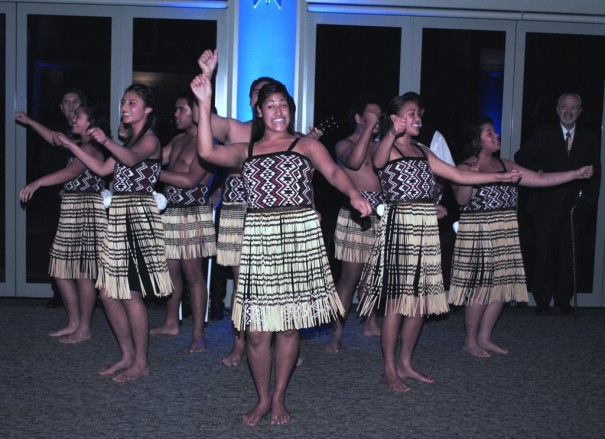2010 Matariki

For more photos, click here.
I begin by greeting everyone in the languages of the realm of New Zealand, in English, Māori, Cook Island Māori, Niuean, Tokelauan and New Zealand Sign Language.
Greetings, Kia Ora, Kia Orana, Fakalofa Lahi Atu, Taloha Ni and as it is the evening (Sign).
I then specifically greet you: Parliamentarians first – and a number of you accompanied by your spouses and partners; Hon Judith Collins, Minister of Police and Minister of Corrections; Hon Phil Goff, Leader of the Opposition; Hon David Cunliffe; Hon Nanaia Mahuta; Kanwaljit Singh Bakshi; Keith Locke; Dr Cam Calder; Melissa Lee; Dr Rajan Prasad; Su’a William Sio and David Shearer; then Judges Andrew Spencer and Hemi Taumaunu; then those of clerical office Rt Reverend Bishop Te Hara; Dr Hone Kaa Rangatira, kaumātua and kuia; Distinguished Guests otherwise; Ladies and Gentlemen.
Thank you for accepting the invitation from my wife Susan and me to this reception to mark Matariki, the rising of the Pleiades or Seven Sisters in the constellation of Taurus that signals the Māori New Year.
The celebration of Matariki is an ancient festival that has its roots deep in Polynesia. The 19th and early 20th Century ethnographer Elsdon Best records that the Pleiades were known as Mata-ali’i in Samoa, Makahiki in Hawai’i, Matari’i in Tahiti and Mataliki in Futuna.
But in Aotearoa, Māori made the festival their own, changing the commencement of the year from December to June that is from the evening rising of the Pleiades to their brief appearance at sunrise.
Falling near the winter solstice, Matariki in New Zealand marks the turning point when the Sun, which has travelled far to the north, begins to return to the south and the days again begin to lengthen.
Māori were keen observers of the night sky with tohunga kōkōrangi being consulted on the weather, travel, fishing and the planting of crops. As Elsdon Best noted in the following terms:
“These men knew well the movements of the stars; they knew when to look for their appearance, and always awaited it, in order to scan closely their aspect.”
Best then speaks of a wise 19th Century Wairarapa kaumātua who spent many hours gazing at the heavens. He added:
“Of what was he thinking during the silent watches of the night, as he looked …?” Surely his thoughts would return to his old seafaring ancestors who followed the stars across half a world, who sailed eastward and northward and southward until they lost the familiar stars of the long centuries, and saw strange new ones appear above the far-off horizon.”
In the traditional Māori lore of which Elsdon Best speaks affectionately, Matariki had many meanings. The appearance of the Pleiades, when the days were short and the nights were long and cold, was also a time when ones ancestors and those who had died more recently were remembered.
Matariki was also a time when crops had been harvested, the storehouses were full and new crops were sown, it was also a time of celebration and feasting.
The marking of Matariki dwindled throughout the 20th Century but with the new millennium, the festival has been revived.
Matariki can be described as another marker of the ongoing renaissance of Māori culture and tradition. Like the revival of Te Reo Māori and carving, crafts, art, song and dance, Matariki celebrates much that is special about Māori culture and adds to making New Zealand distinctive.
Māori culture and traditions are not museum pieces—environmentally sealed behind glass and stuck in time.
While New Zealanders often focus on Waitangi Day on the continuing challenges of relations between Māori and Pākehā, may I suggest that Matariki is a time when we can focus on opportunities and achievements. Matariki is a taonga that we can all celebrate and cherish and also a time when we can all look to the future with renewed confidence. Just like Diwali and Hanukkah, can be described as festivals of light, or Christmas, marking the birth of Christ, Matariki is a time to celebrate new beginnings. Matariki can be a time when we recognise our nation’s growing cultural, religious and ethnic diversity.
I end in Maori with the following words:
Rau rangatira mā,
Aku manuhiri tūārangi,
Ngā rangatahi o Hato Petera
Nau mai, tomo mai, haere mai.
Haere mai ki tēnei hui,
Ki te whakanui a Matariki.
Tēnei ahau, me taku hoa rangatira,
A Kahurangi Huhana,
E mihi māhana ana ki a koutou.
Kia ora huihui tātou katoa.
